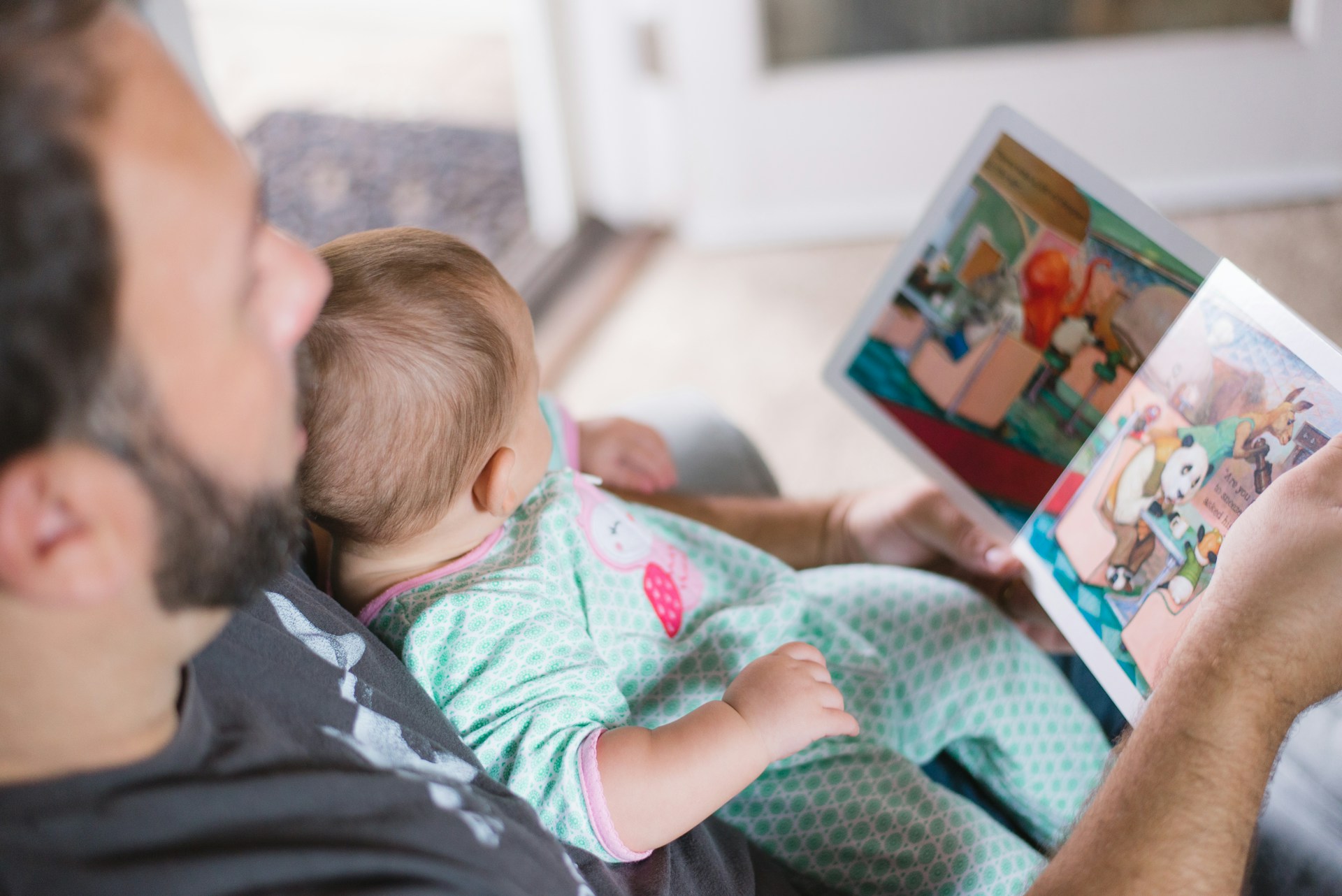Creating a nurturing and stimulating environment at home is one of the best ways to support your baby’s early learning and development. By thoughtfully setting up your space with the right toys, books, and activities, you can help your little one explore, learn, and grow in exciting and enriching ways. Here’s how to create a learning-friendly environment that promotes cognitive and sensory development from the comfort of your home.
1. Design a Safe and Engaging Space
Create a Safe Exploration Area:
Start by ensuring that the area where your baby plays is safe and free from hazards. Use baby-proofing tools like outlet covers and corner guards to keep your space secure. A clean, clutter-free area allows your child to explore confidently without unnecessary risks.
Use Soft, Textured Mats:
Consider using soft, textured play mats or rugs to create a comfortable space for your baby to crawl and explore. These mats provide cushioning and also offer different textures for sensory exploration, which is great for tactile development.
2. Incorporate a Variety of Toys
Choose Age-Appropriate Toys:
Select toys that are appropriate for your baby’s age and developmental stage. For infants, toys that encourage grasping, rolling, and reaching help develop fine motor skills. As your child grows, introduce toys that promote problem-solving, such as shape sorters and stacking blocks.
Opt for Sensory-Stimulating Toys:
Toys that stimulate the senses are especially beneficial. Look for toys with different textures, sounds, and colors. Soft fabric books with crinkly pages, rattles, and sensory balls can engage your baby’s senses and support cognitive development.
Rotate Toys Regularly:
To keep things interesting, rotate toys regularly to maintain your baby’s curiosity. Introducing new toys or bringing back favorites can help keep playtime fresh and engaging.
3. Foster a Love for Books
Create a Cozy Reading Nook:
Designate a cozy corner for reading with comfortable seating and a small bookshelf. Fill the shelf with a variety of board books and picture books. A reading nook not only encourages a love for books but also provides a quiet space for bonding and relaxation.
Read Daily:
Make reading a daily routine. Even if your baby is too young to understand the words, the rhythm and cadence of your voice are soothing and engaging. Point to pictures and talk about what you see to help build your baby’s language skills and visual recognition.
Incorporate Interactive Books:
Books with textures, flaps, and interactive elements are great for engaging your baby’s senses and encouraging active participation. These types of books can make reading time more fun and interactive.
4. Offer a Range of Activities
Introduce Music and Movement:
Incorporate music and movement into your daily routine. Sing songs, play gentle music, and encourage dancing or rhythmic movements. Music and movement help with coordination, rhythm, and overall sensory development.
Provide Sensory Play Opportunities:
Sensory play is crucial for cognitive development. Offer activities like water play, sand play, or finger painting. These activities stimulate your baby’s senses and help them learn about textures, colors, and cause-and-effect relationships.
Encourage Exploration and Creativity:
Give your baby opportunities to explore and be creative. Safe household items like wooden spoons, plastic containers, and fabric scraps can become tools for imaginative play. Allow your baby to explore different materials and discover their uses.
5. Build a Routine and Offer Reassurance
Establish a Routine:
A consistent daily routine helps your baby feel secure and understand what to expect. Incorporate playtime, reading, and sensory activities into your routine to provide a balanced and enriching environment.
Be Present and Engaged:
Your involvement is key to fostering early learning. Engage with your baby during playtime, offer encouragement, and show interest in their discoveries. Your enthusiasm and interaction make learning more enjoyable and meaningful for your child.
Provide Positive Reinforcement:
Celebrate your baby’s milestones and efforts. Positive reinforcement, like praise and encouragement, helps build confidence and motivates your baby to continue exploring and learning.
Conclusion
Creating a stimulating environment at home is a wonderful way to support your baby’s early learning and development. By providing a safe, engaging space with a variety of toys, books, and activities, you’re setting the stage for your child’s growth and discovery. Remember, your love and involvement play a crucial role in making this journey both enjoyable and enriching for your little one. Embrace these moments and watch as your baby thrives and blossoms in their learning adventure.

